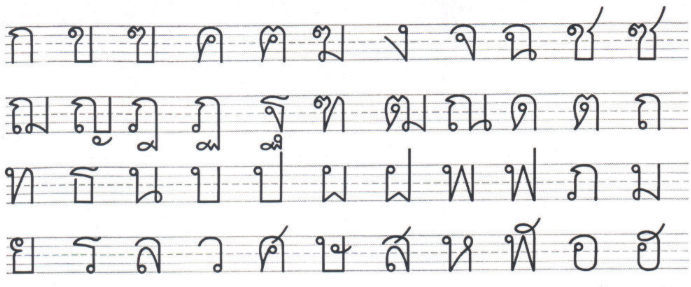|
Neric-Club.Com
|
|
|
 |
|
นิตยสารออนไลน์
|
|
|
 |
|
มุมเบ็ดเตล็ด
|
|
|
 |
|
|
|
|
 |
อังกฤษท่องเที่ยว |
 |
|
The Language of Thailand

King Ramkhamhaeng's famous stone inscription, for the first time written in Thai, survived intact through the centuries, and was discovered in Sukhothai by King Mongkut during his monkhood.
-
-
The Thai language or to be exact the Siamese, as spoken in Thailand, forms a sub-division of the linguistic group known as the Thai language. This group includes also the languages of the Shans of Northern Burma with its sub-groups in Assam and adjacent territories, the Loa of the Kingdom of the Laos, and the many isolated Thai groups in Tongking and Southern China. The Thai language, is so far as it is known factually, has words in its original form a monosyllabic type not unlike that of the Chinese. Each word is independent and complete by itself, and admits on modifications as do the inflectional languages. Such a feature is like that of the Chinese, but the arrangement of words in a sentence reveals a unity with that of most of the languages of South-East Asia. The Thai language as spoken in Central Thailand, has more words relatively than in other regions in its vocabulary of Cambodian, Pali and Sanskrit origins. This, of course, is due to the contact of cultures.

-
-
Pho Khun Ramkhamhaeng Memorial, Bangkok, Thailand
The Northeast of Thailand, commonly referred to as I-san (pronounced E-san), is made up of 19 provinces :
|
|
|